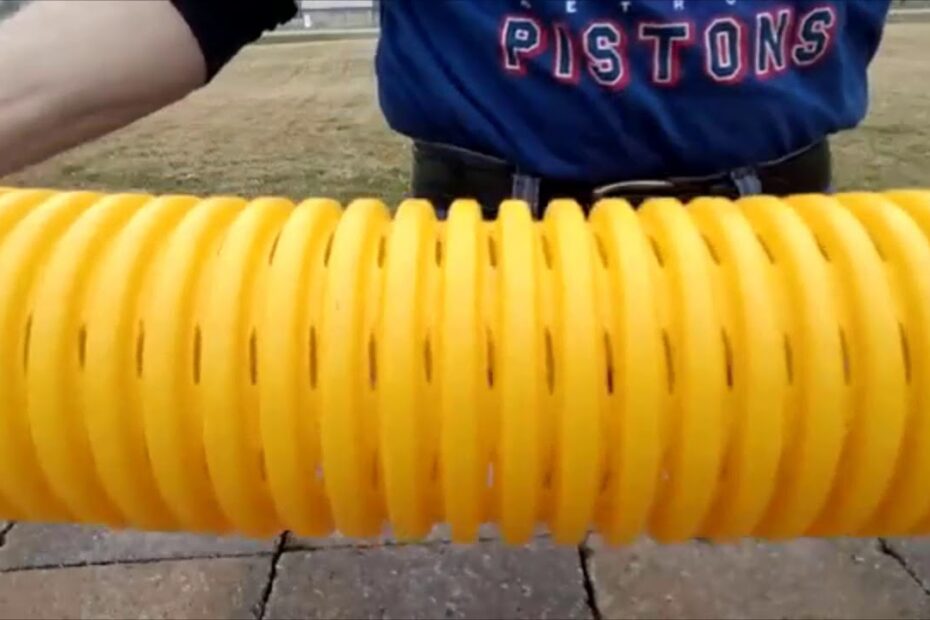What is a French Drain and Why It Might Not Be the Best Solution for Your Yard
A French drain is a trench filled with gravel or rock that contains a perforated pipe designed to redirect water away from a specific area. It’s commonly used to manage water runoff, prevent flooding, and protect foundations from water damage. While French drains are effective in many situations, they might not always be the ideal solution for your yard due to certain limitations and challenges.
When a French Drain May Not Work
One reason a French drain might not be the best choice is the soil type in your yard. If your soil has a high clay content, it can clog the drain over time, reducing its effectiveness. Additionally, French drains require a proper slope to function correctly. If your yard is flat or has uneven terrain, installing a French drain may require extensive excavation and grading, making it a costly and labor-intensive project.
Maintenance and Long-Term Concerns
French drains are not maintenance-free. Over time, debris, roots, and sediment can accumulate in the pipe, leading to blockages. Regular cleaning and upkeep are necessary to ensure the drain continues to work efficiently. If you’re looking for a low-maintenance solution, a French drain might not meet your needs.
Alternative Solutions to Consider
In some cases, alternatives like dry wells, swales, or rain gardens may be more suitable for your yard. These options can be less invasive, more aesthetically pleasing, and better suited to specific soil or landscape conditions. Before committing to a French drain, it’s essential to evaluate your yard’s unique characteristics and explore other drainage solutions that might be a better fit.
Common French Drain Problems: Are They Worth the Investment?
French drains are a popular solution for managing water drainage around homes and properties, but they are not without their challenges. One of the most common issues is clogging. Over time, dirt, debris, and roots can accumulate in the perforated pipe, reducing its effectiveness. Regular maintenance, such as cleaning or flushing the drain, is essential to prevent blockages and ensure proper water flow.
Installation Errors
Another frequent problem stems from improper installation. If the drain is not placed at the correct depth or slope, water may not flow as intended, leading to pooling or even worsening the drainage. Hiring a professional to design and install the system can mitigate this risk, but it may increase the overall cost.
Long-Term Durability
French drains are designed to last, but their longevity depends on the materials used and environmental factors. Corrosion of metal pipes or degradation of plastic ones can occur over time, especially in harsh weather conditions. Additionally, soil erosion around the drain can expose or damage the system, requiring repairs or replacement.
Despite these potential problems, French drains can be a worthwhile investment for properties prone to water accumulation. When installed and maintained correctly, they effectively redirect water away from foundations, basements, and landscapes, preventing costly water damage. However, it’s crucial to weigh the initial and ongoing costs against the benefits to determine if they are the right solution for your needs.
